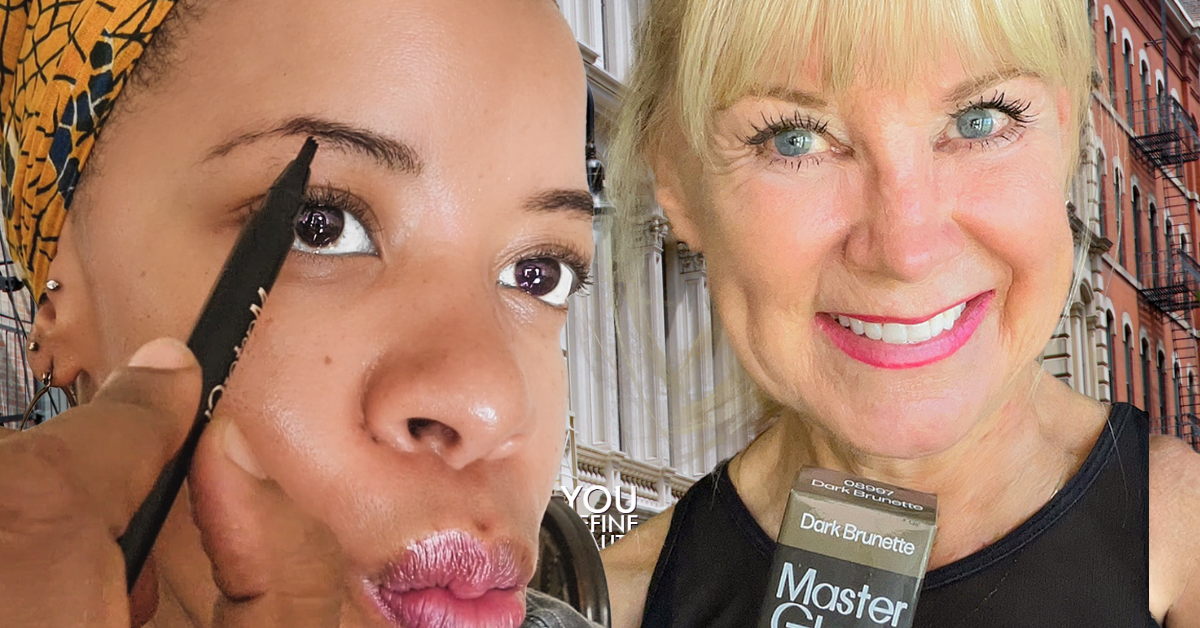Where does waterproof makeup come from?
Film formers are a class of multifunctional ingredients that impart transfer, water, and sebum resistance properties to functional products. Acrylate-based film formers and cosmetics can be traced back to the accidental invention of dentist Fred Slack in 1957, who founded Nail Systems International after attempting to repair his own broken nail.
@nsinailsaustralia Replying to @NSI Nails Australia Fasion Beiber Chrome Nails, Available now💅🏻🛍️ #chromenails #nailproducts ♬ original sound - NSI Nails Australia
Chemists eventually found a way to use film formers to create water-resistant sunscreens in 1989. Acrylate-based film formers eliminated the need to formulate sunscreens with surfactants. That novel discovery was followed by Revlon’s $70M (worth more than $150M as of November 2023) first-year debut of its $8 first transfer-resistant lipstick. In one year, Colorstay became the top-selling lipstick in the United States. Its massive success at department stores allowed the company to claw back market share from Maybelline and led to its initial public offering in 1995.
What are film-forming polymers and film formers, and how do they work?
Film formers work by forming a three-dimensional gel matrix that helps trap and improve the performance of SPF filters, pro-aging ingredients, moisturizing ingredients like humectants, and functional colorants without the use of a separate thickening agent. Some commonly used film forming ingredients in color and skincare preparations include carbomers, xanthan gum, and crosslinked copolymers like acrylates/C10-30 alkyl crosspolymer.
Silicone esters can also be synthetically made through the use of silicone esters. These are lightweight compounds that are known for having a lightweight feel upon dry-down. These elegant functionals are comparatively more expensive to formulate with than acrylate-based film formers but are highly desired for their ability to evaporate quickly on the surface of the skin. This helps formulators meet consumers where they are in their search for easy-to-use products that reduce the amount of time spent on otherwise time-intensive multi-step skincare routines.
How are film formers used in cosmetics?
The unique chemical structure of acrylate-based and silicone-based copolymers give formulators the ability to improve the performance of sunscreen filters- ingredients that help absorb harmful UVA and UVB rays. Through the early 90s, the cosmetics industry saw a rise in water-resistant claims on the labels of companies like Coppertone. The rise in sun protection factor (SPF) value of sunscreens and sunscreen-infused makeup reflects continued consumer demand for products that not only feel good on our skin but also help enhance our appearance over time.
How are film formers made?
Copolymers are made through the linking of individual monomers through a controlled series of reactions called polymerization.
Are film formers safe?
Yes. Their large molecular weight contributes to its safety as a cosmetic ingredient in eye, lips, and hair care products. According to 2019 data obtained from the Food and Drug Administration’s (FDA) Voluntary Cosmetic Registration Program (VCRP), acrylates copolymer is used in over 3000 cosmetic products sold in the United States. Many of these cosmetics are mascaras and brow color preparations with water- and transfer-resistant claims, in addition to hair fixatives (pomades, clays, and gels) that help hold the hair in place.
Looking for smudge-resistant brows that stay put all day? Try Amaze Brow 2-in-1 Growth Serum and Tint. Enjoy 50% off a new subscription, from now until Thanksgiving with code THANKS50.
References
Nail Couture. (2014, February 11). Interview with Fred Slack inventor of acrylic nails [Video]. YouTube. https://www.youtube.com/watch?v=KEL-j1LHEQ4
Klein, K. (1989, August). Formulating effective yet elegant sunscreen products. Drug & Cosmetic Industry, 145(2), 22+. https://link-gale-com.i.ezproxy.nypl.org/apps/doc/A7918075/AONE?u=nypl&sid=ebsco&xid=5b38c1ed
Brookman, F. (1994). Beauty Report 2: Critical Mass: Lipstick Puts Smiles On Mass Retailers' Faces. Wwd, 167(73), 9. http://ezproxy.nypl.org/login?url=https://www.proquest.com/trade-journals/beauty-report-2-critical-mass-lipstick-puts/docview/1445697514/se-2


